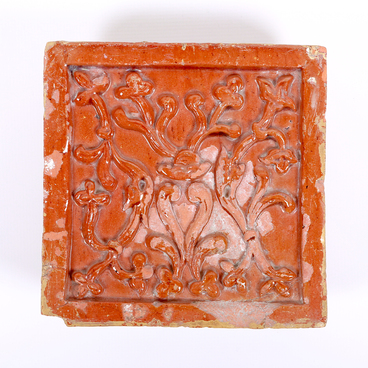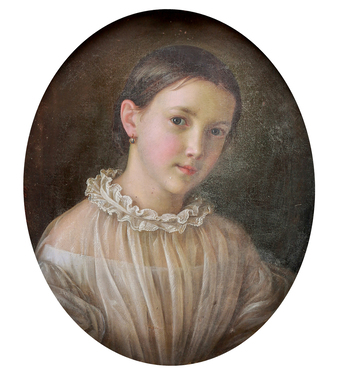The boot jack from the collection of the Kasimov Museum-Reserve is a household tool that helped remove shoes without a zipper, such as high shoes and boots. Mostly men used it: by the evening, after work, their feet got so swollen that it was difficult to take off the shoes without help.
The item was also known as a ‘stag beetle’ — the name comes from its unusual shape in the form of an insect with large whiskers. Otherwise, it was called the ‘orderly beetle’. This title mentioned the position of a servant who worked for an official or an officer.
To remove the shoes, it was necessary to put one foot on the back of the beetle, and the heel of the other foot — in a U-shaped mouth of the jack, then, fix the heel and pull up. It was necessary to remove the shoe carefully so as not to damage it. Boot jacks were most often made of cast iron — a strong alloy of iron, so it was difficult to break the device itself.
The boot jack, displayed at the exhibition, was made at one of the Batashevsky factories in the village of Gus-Zhelezny in the late 19th — early 20th century. The factories of the brothers Andrey and Ivan Batashev were located on the banks of the Syntul, Gus and Unzha rivers, not far from Kasimov, and were engaged in iron founding production.
At the Batashev factories, cast iron was melted twice: first in a blast furnace, and then, in a fuel furnace — it was called a ‘cupola furnace’. Due to repeated melting, there were no impurities left in the material, and it became more durable.
High-quality cast iron, which was produced by the Batashevs, was purchased by the state. During the Russo-Turkish War of 1768–1774, the brothers delivered about 1.7 thousand guns, over 249 thousand kilograms of bullets, as well as more than 450 ship anchors, according to state orders. Over time, the craftsmen of the factories mastered art casting and the Batashevs began to produce cast-iron sculptures for the sights of Moscow: the Triumphal Arch of 1812, the fountain on Theater Square, and the Apollo sculpture on the pediment of the Bolshoi Theater.
In addition, Batashev factories produced small items for home interiors. Decorative dishes, candlesticks, figurines, and boot jacks are displayed at the exposition of the Kasimov Historical and Cultural Museum-Reserve.
The item was also known as a ‘stag beetle’ — the name comes from its unusual shape in the form of an insect with large whiskers. Otherwise, it was called the ‘orderly beetle’. This title mentioned the position of a servant who worked for an official or an officer.
To remove the shoes, it was necessary to put one foot on the back of the beetle, and the heel of the other foot — in a U-shaped mouth of the jack, then, fix the heel and pull up. It was necessary to remove the shoe carefully so as not to damage it. Boot jacks were most often made of cast iron — a strong alloy of iron, so it was difficult to break the device itself.
The boot jack, displayed at the exhibition, was made at one of the Batashevsky factories in the village of Gus-Zhelezny in the late 19th — early 20th century. The factories of the brothers Andrey and Ivan Batashev were located on the banks of the Syntul, Gus and Unzha rivers, not far from Kasimov, and were engaged in iron founding production.
At the Batashev factories, cast iron was melted twice: first in a blast furnace, and then, in a fuel furnace — it was called a ‘cupola furnace’. Due to repeated melting, there were no impurities left in the material, and it became more durable.
High-quality cast iron, which was produced by the Batashevs, was purchased by the state. During the Russo-Turkish War of 1768–1774, the brothers delivered about 1.7 thousand guns, over 249 thousand kilograms of bullets, as well as more than 450 ship anchors, according to state orders. Over time, the craftsmen of the factories mastered art casting and the Batashevs began to produce cast-iron sculptures for the sights of Moscow: the Triumphal Arch of 1812, the fountain on Theater Square, and the Apollo sculpture on the pediment of the Bolshoi Theater.
In addition, Batashev factories produced small items for home interiors. Decorative dishes, candlesticks, figurines, and boot jacks are displayed at the exposition of the Kasimov Historical and Cultural Museum-Reserve.

